
In the last unit, students explored how living things are found in different habitats around the planet and depend on both living and nonliving parts of their environment for survival. In this unit, students focus on plants. They begin with an experiment that investigates the science phenomena of how light and water help plants grow from a seed into an adult plant, and then focus on the function of flowers, which produce seeds.
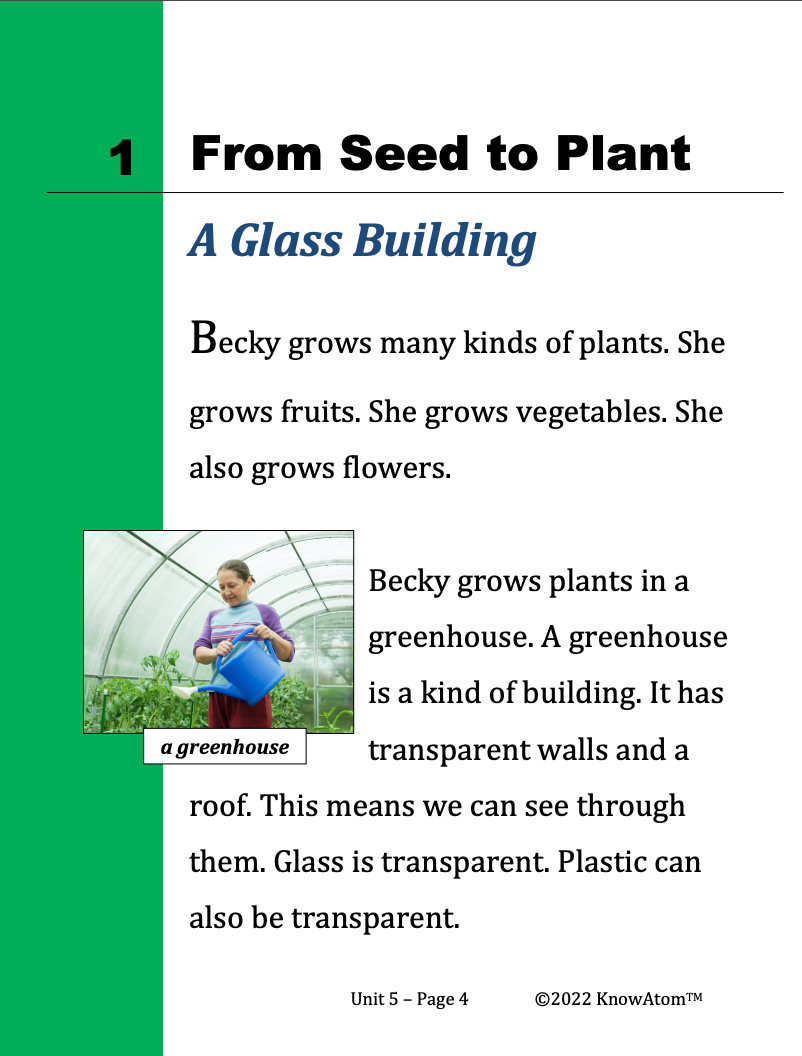
In this unit, students explore how plants have different parts that help them get what they need to survive from the environment. They begin with experiments that investigate the cause-and-effect relationship between water, light, and the ability of plants to grow. This page is a high-level extract of the second lesson in which students explore flowers.
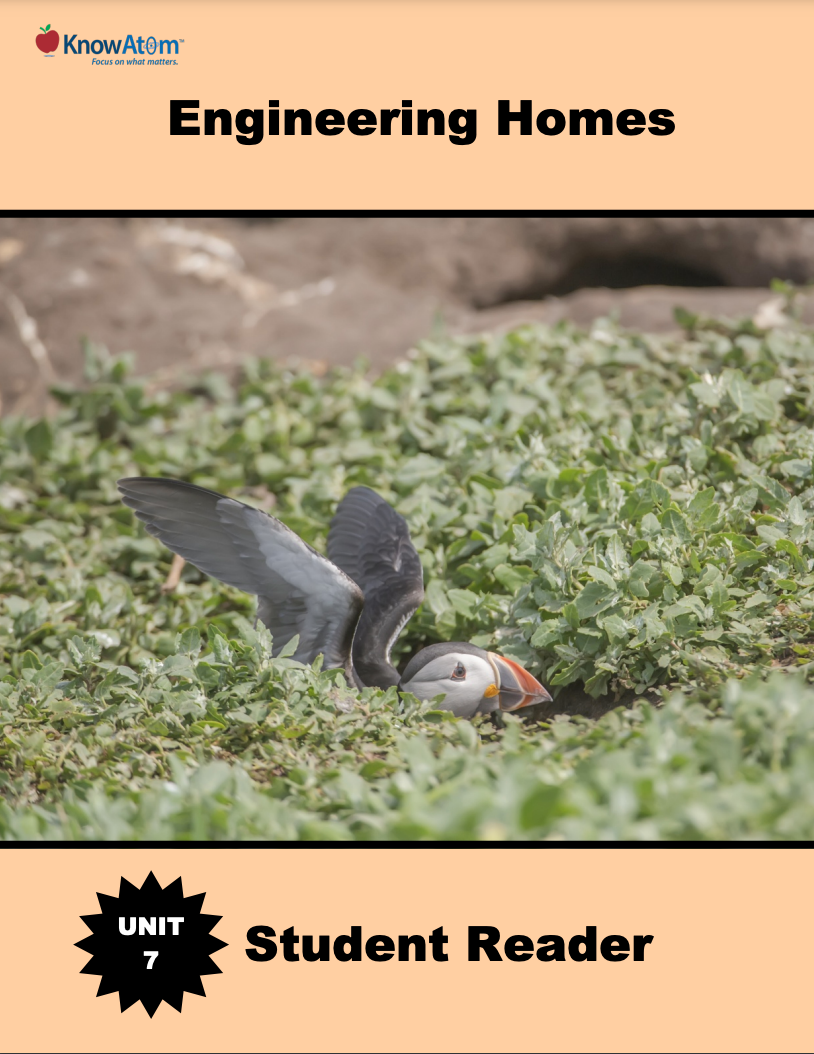
In the last unit, students observed butterflies moving through their life cycle, explored how butterflies are pollinators, and then designed a hand pollinator. In this unit, students explore the science phenomena of how shelters help animals survive in their environment and then design a prototype burrow-like structure to keep a burrowing owl cool in hot temperatures.
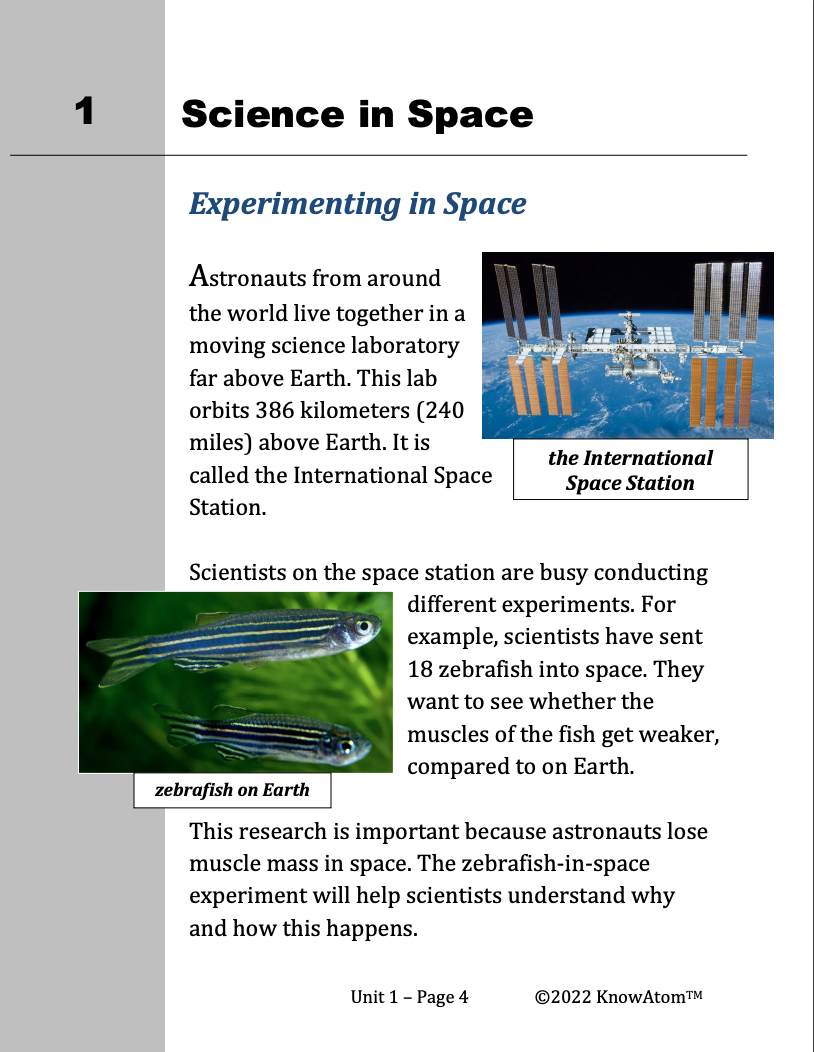
In this unit, students analyze the phenomena of matter, forces, and energy. In this lesson, they compare the effects of unbalanced versus balanced forces on objects. They then evaluate how matter interacts with and is changed by energy, which transfers from one object or system to another. This page showcases key components of this lesson.
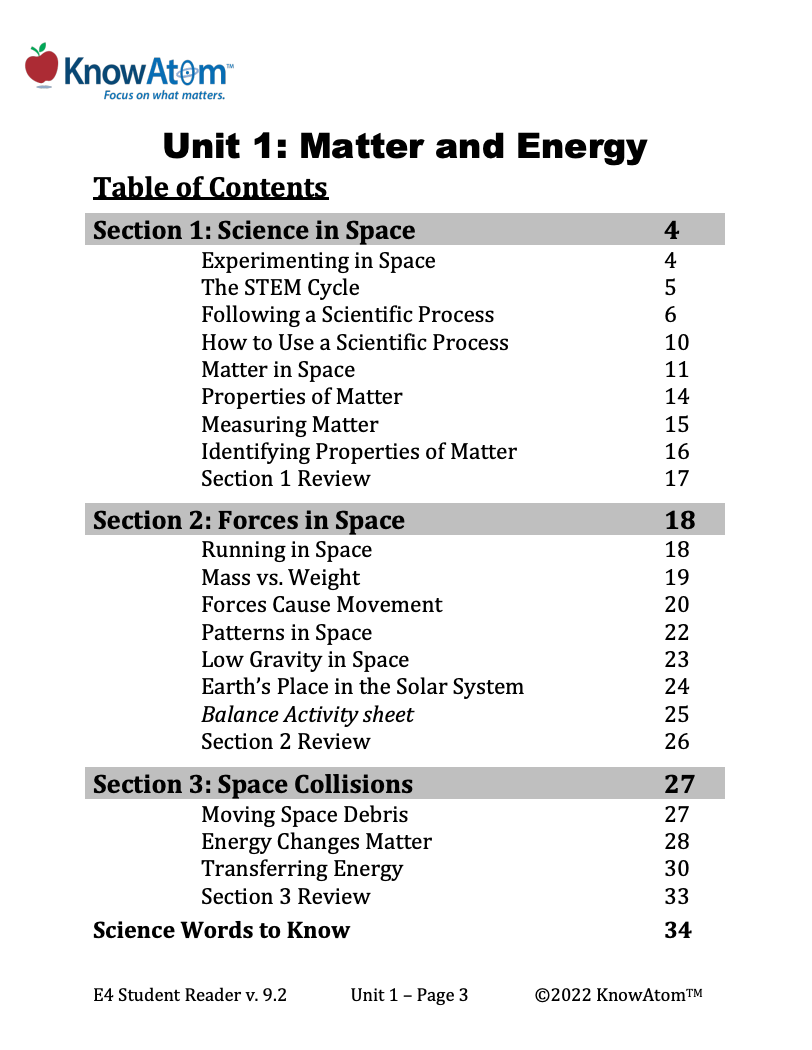
In this unit, students explore matter, forces, and energy. In this lesson, students evaluate the science phenomena of how matter interacts with and is changed by energy, which transfers from one object or system to another. This page is a high-level extract of the components of this lesson.
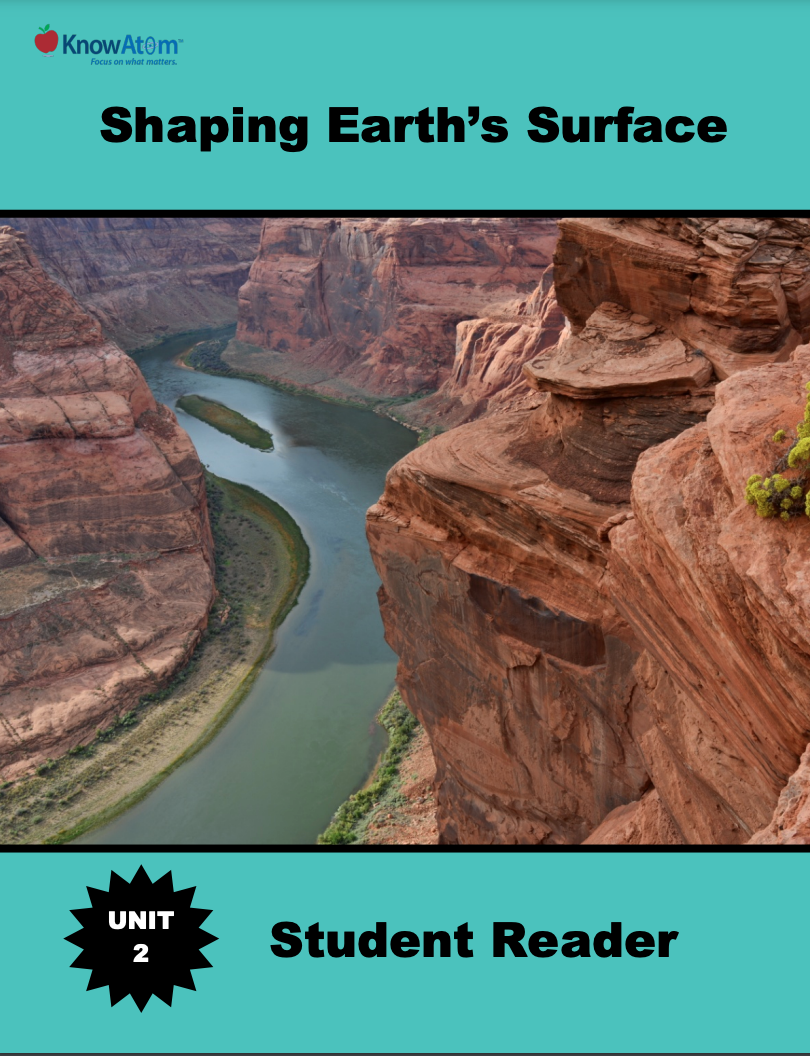
In this unit, students study Earth’s systems, analyzing the science phenomena of natural processes that shape Earth’s surface. In this lesson, students model the different ways that tectonic plates move to observe how landforms are created. This page showcases key aspects of this lesson.
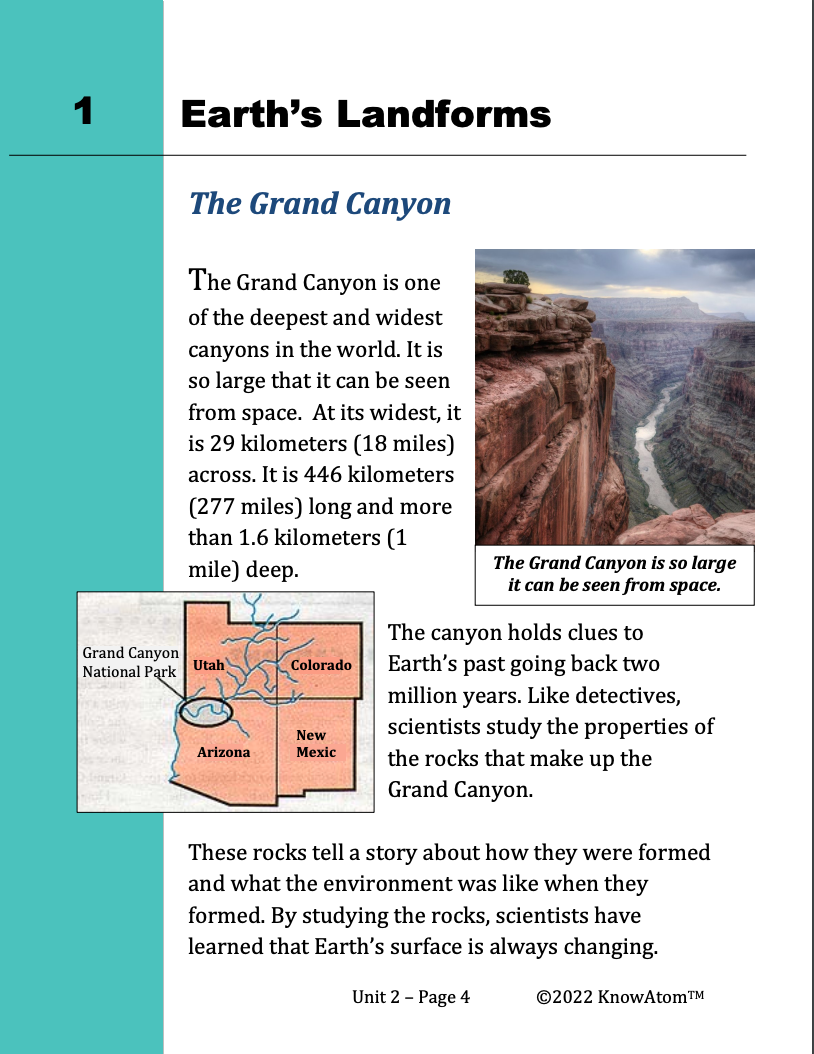
In this unit, students stimulate the movement of tectonic plates and analyze maps to observe how plate boundaries create patterns in Earth’s features. In this lesson, they build on that knowledge to observe the science phenomenon of how water erodes sediment. This page highlights key components of this lesson.
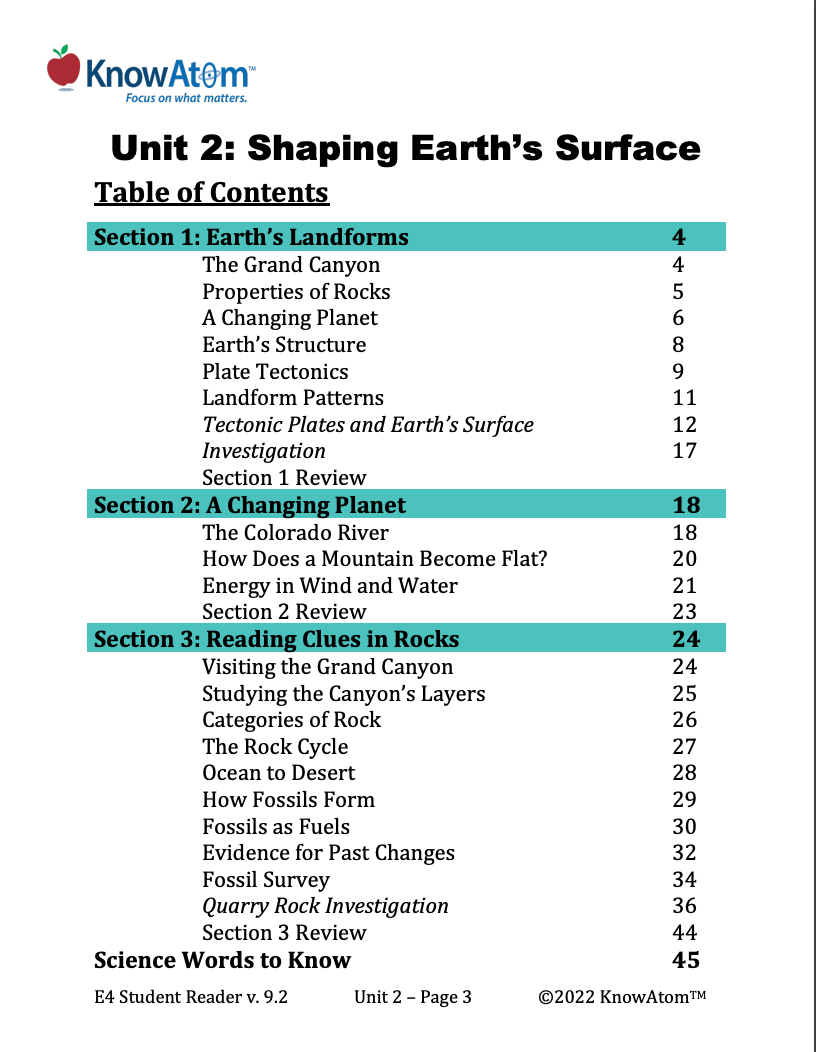
In this unit, students study Earth’s systems, analyzing the science phenomena of natural processes that shape Earth’s surface. In this lesson, students analyze clues in Earth’s rock to determine how Earth’s surface has changed over time. This page is a high-level extract of this lesson.
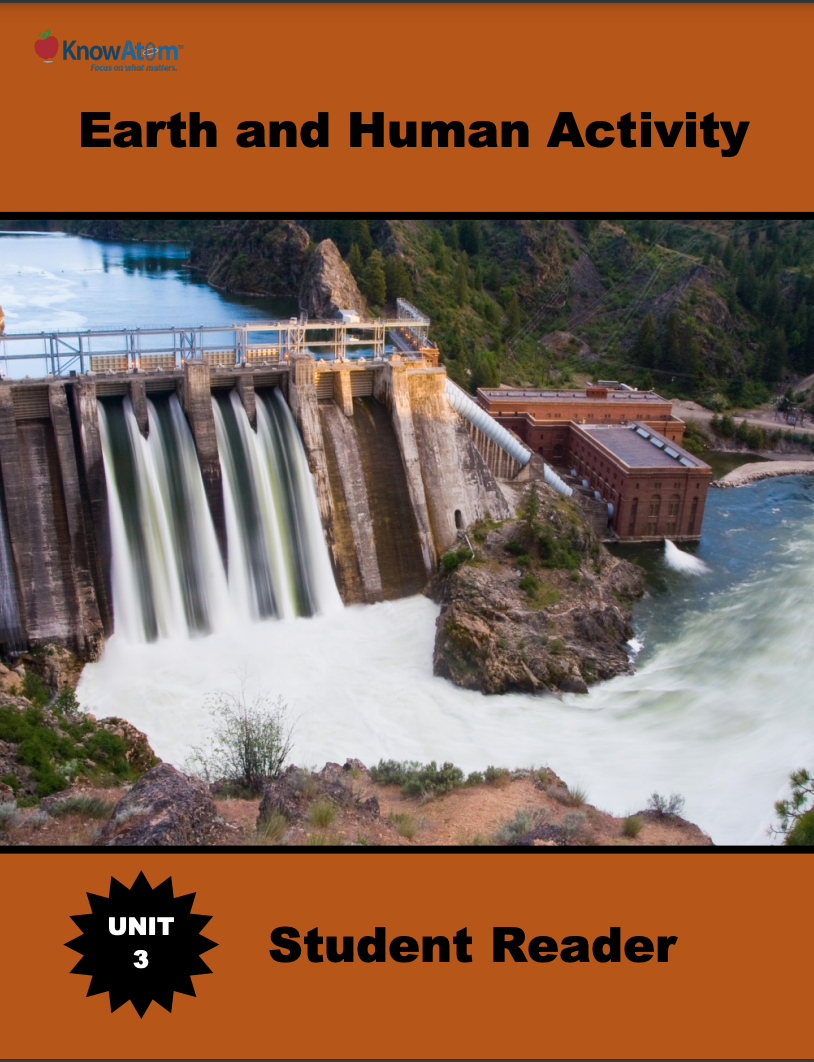
In this unit, students focus on the science phenomena of Earth’s interacting systems, evaluating how the hydrosphere and geosphere are shaped by one another. In the first lesson of the unit, students conduct an experiment to determine how the particle size of an Earth material affects its permeability to water. This page highlights key excerpts from the components of this lesson.
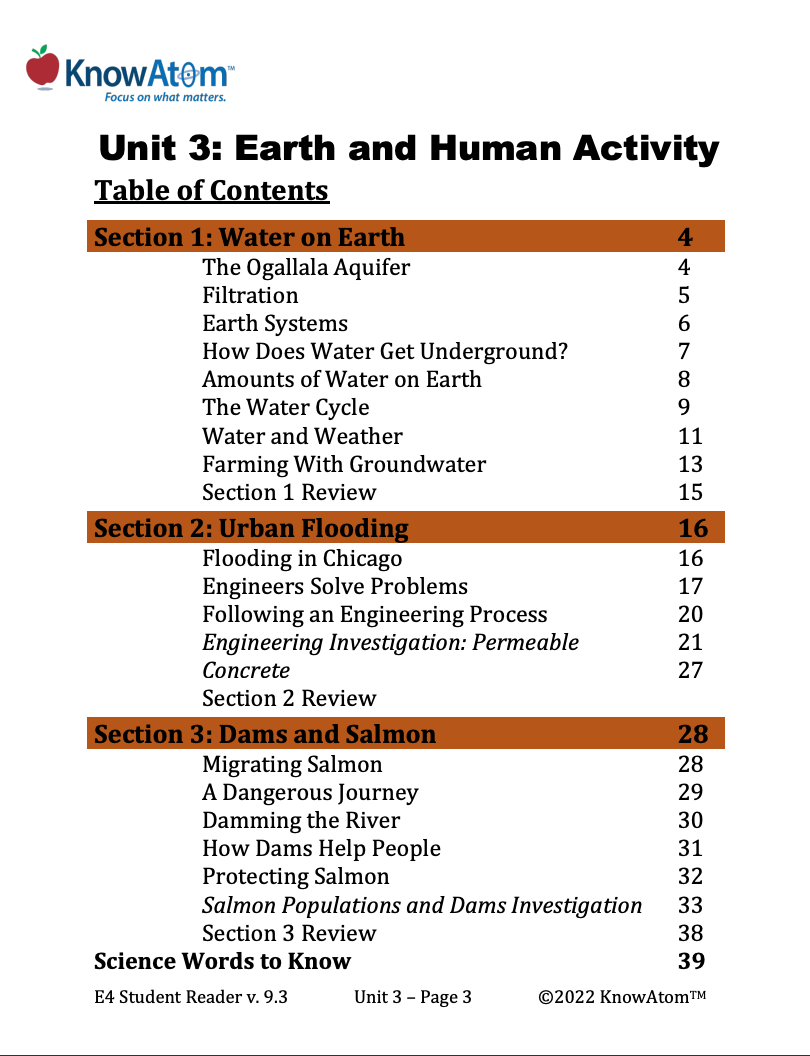
In this unit, students explore the science phenomena of Earth systems by studying aquifers, comparing the ability of different Earth materials to hold water. In this lesson, they build on that knowledge to engineer permeable pavement that can solve the problems of urban flooding and water pollution. This page showcases key components of this lesson.
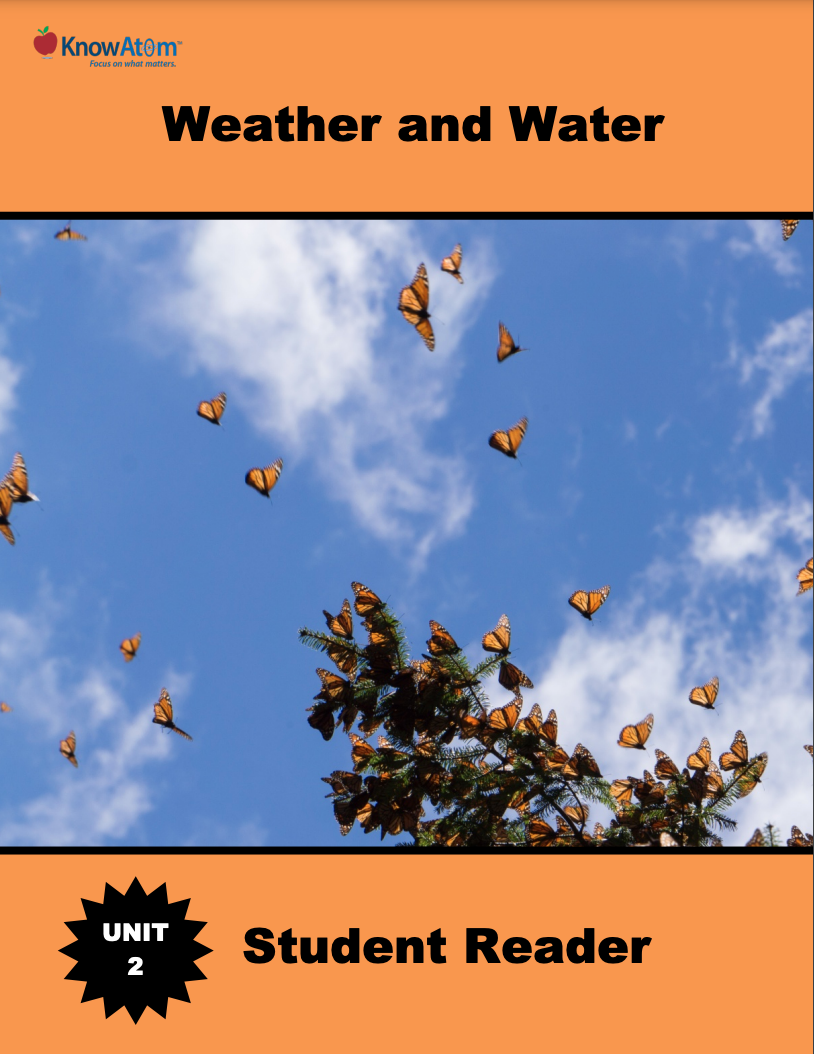
In the last unit, students learned about matter as they explored Earth’s position in the solar system. In this unit, students discuss how the sun provides light and heat to Earth, powering the water cycle, which in turn influences weather and climate. Students analyze the science phenomena of weather patterns in specific regions during a particular season.
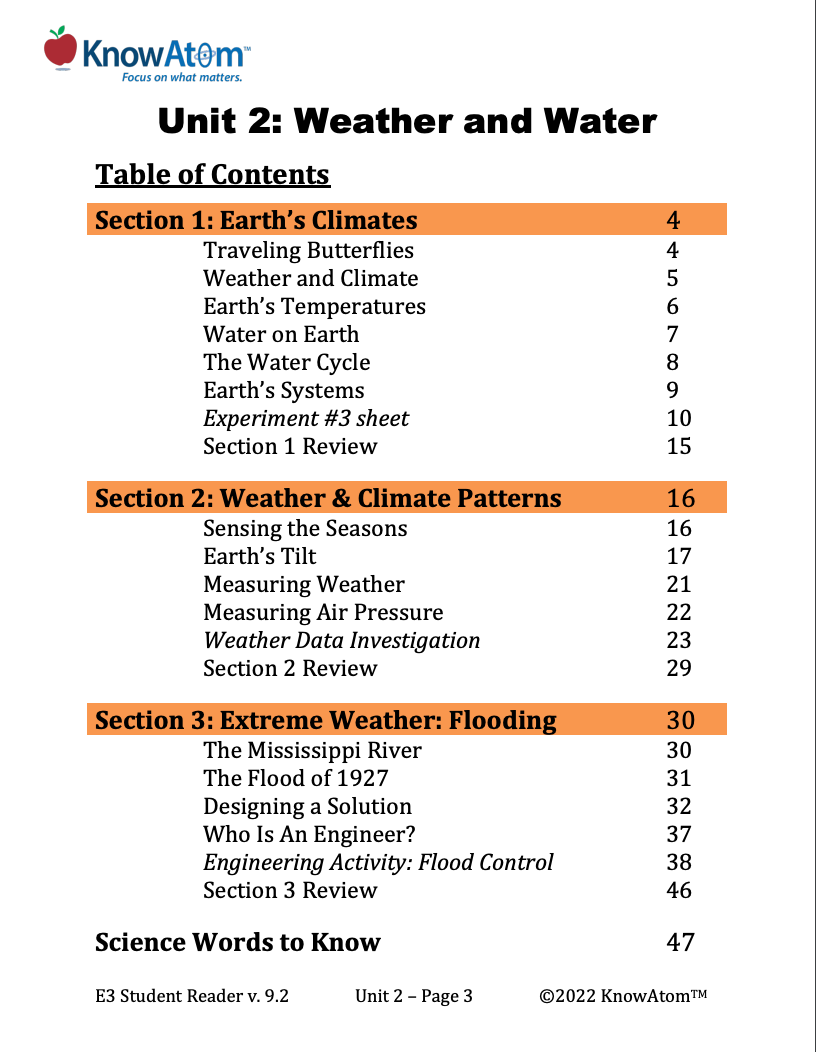
In this unit, students discover how the sun provides light and heat to Earth and how the water cycle influences weather and climate. Students analyze weather patterns in specific regions during a particular season. They then use that knowledge to study the effects of extreme weather on humans, evaluating solutions to protect against those effects.
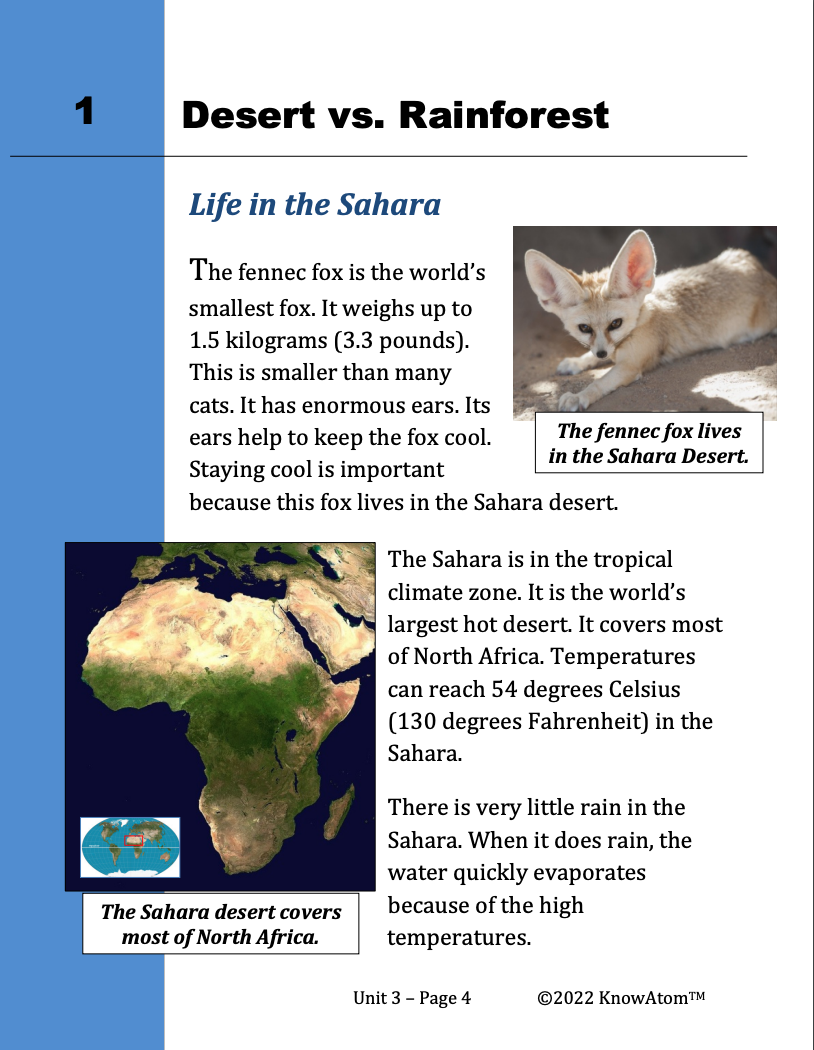
In this lesson, students evaluate the science phenomena of how organisms are affected when the environment changes. Students carry out an experiment to analyze two possible solutions that could be used to help a population of harpy eagles recover from the impacts of deforestation over time. This is a high-level extract of this lesson.
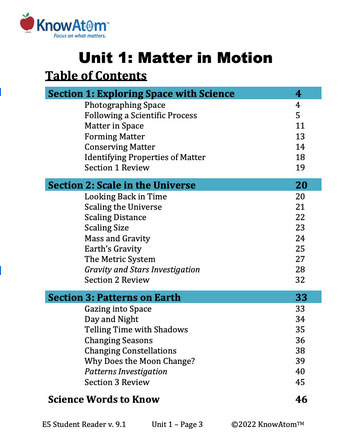
In this unit, students are introduced to the scientific process as they analyze matter in the universe and Earth’s place in the solar system. For the first lesson in this unit, they conduct an experiment to compare the masses of two different substances, analyzing how matter is never created or destroyed. Students also discuss how all matter in the universe is made up of different combinations of atoms formed from chemical reactions. This page highlights key parts of this lesson.
Standards citation: NGSS Lead States. 2013. Next Generation Science Standards: For States, By States. Washington, DC: The National Academies Press. Neither WestEd nor the lead states and partners that developed the Next Generation Science Standards were involved in the production of this product, and do not endorse it.
